Five Ways To Save 'Zelda'

zeldadungeon.net

The official announcement of a new Zelda game for the Nintendo 3DS -- the 16th in the main series -- had the gaming world abuzz yesterday. A Link to the Past 2, as Japan is calling it, is the first new addition to Nintendo's long-running action-adventure franchise since Skyward Sword for the Wii in 2011. What's more -- as the title suggests -- it will take place in the style and setting of A Link to the Past, the 1992 installment for Super Nintendo that remains among the most popular chapters in the saga.
Yet longtime fans of Zelda games -- of which I am one -- have expressed concern that Nintendo's leveraging of our collective nostalgia will prevent it from addressing the concerns that have led the franchise to flounder in recent years. Here are five ways Nintendo can help Zelda rediscover what made it such an iconic, crucial gaming experience in the first place.
The whole map needs to be accessible from the start.
When The Legend of Zelda dropped for the NES in 1987, it was a gaming experience nonpareil. (Nintendo godfather Shigeru Miyamoto, who sat down with Extra Mustard last month, famously described it as the "killer app" for the then-nascent Famicom Disc System.) The 128-screen overworld, underpinned by nine hidden dungeons of increasing complexity, was an open world suggesting infinite possibilities. No longer, thanks to the artificial barriers around areas in the newer games that can't be visited -- or even seen on the map -- until Link completes a certain mission or task. Simply put, the later Zelda titles keep you on the rails. (Sometimes literally, as with the Lanyaru Desert mine cart in Skyward Sword.) While it may be helpful to the uninitiated and novice gamers, it's comes at the cost of the non-linear gameplay that made Zelda such a unique phenomenon to begin with.
zeldadungeon.net

Fewer puzzles and more action, please.
The initial Zelda titles seamlessly combined elements of action, adventure, role-playing and puzzle games. Yet later installments -- the dungeons in particular -- have become far too dependent on mind games at the sacrifice of hack-and-slash action. Worse still, many of these puzzles have become rote, the secrets less secretive: like how every wall that must be bombed to opened a hidden chamber is clearly denoted by an identifiable crack. Even the much-hyped 1:1 motion-controlled swordplay in the enjoyable Skyward Sword was, essentially, a series of action-based puzzles. What made the original Zelda such a thrill was the unwavering action of the later stages -- the rooms upon rooms of Darknuts and Wizzrobes that pushed even an expert gamer's hand-eye skills to the limit.
When it comes to items, less is more.
This is hardly a suspension-of-disbelief issue -- how does Link carry all that stuff? -- but more of a gameplay concern. Link accumulates so much hardware in the later Zelda games yet hardly is afforded the occasion to use it. Too often an item is a one-off, a de facto key to make it through an obstacle just once or twice. The game's designers would be wise to offer fewer items but invite more creating ways of using them. Or not using them. Many items in the earlier installments were not mandatory, lending to the overall flexibility of the game: to wit, it's possible to reach Ganon in the original Zelda without ever picking up a sword.
Streamline the plot.
With notable exceptions -- A Link to the Past, Ocarina of Time and Majora's Mask -- story has been more of burden than boon in the Zelda games. The first two titles for the NES were unencumbered by plot. In fact, the entire set-up for The Legend of Zelda fit on a single screen that ran during the opening titles.

That's it! The rest was filled in by the player's imagination. Perhaps enticed by the increased power of advanced platforms -- or inspired to match or surpass the epic scope of Ocarina -- Nintendo's later Zelda games have become overwrought by story, which is often familiar and feels like filler. What's more, story points by nature adhere to a sequencing that is (or at least should be) antithetical to the idea of what a Zelda game should be.
Stop holding the player's hand.
At the risk of sounding like a curmudgeon, every Zelda game that's been released in the past 20 years has been too easy. The original Zelda and Adventure of Link made demands of the player that, it seems, Nintendo's designers today wouldn't dream of asking. It's almost as if the new games are worried about frustrating and losing the player, eschewing the very challenge that's kept longtime fans glued to the series for more than 25 years. The everpresent stream of hints? The interminable tutorials? Enough with the handholding: It's time for Zelda to bury its fear of letting its players fail.
With yesterday's announcement of a new Zelda game, Extra Mustard has ranked all 15 games in the main series -- yes, Oracle of Seasons and Oracle of Ages count as one title -- from No. 15 to No. 1. Disagree? Let us know below.
Five Ways To Save 'Zelda'
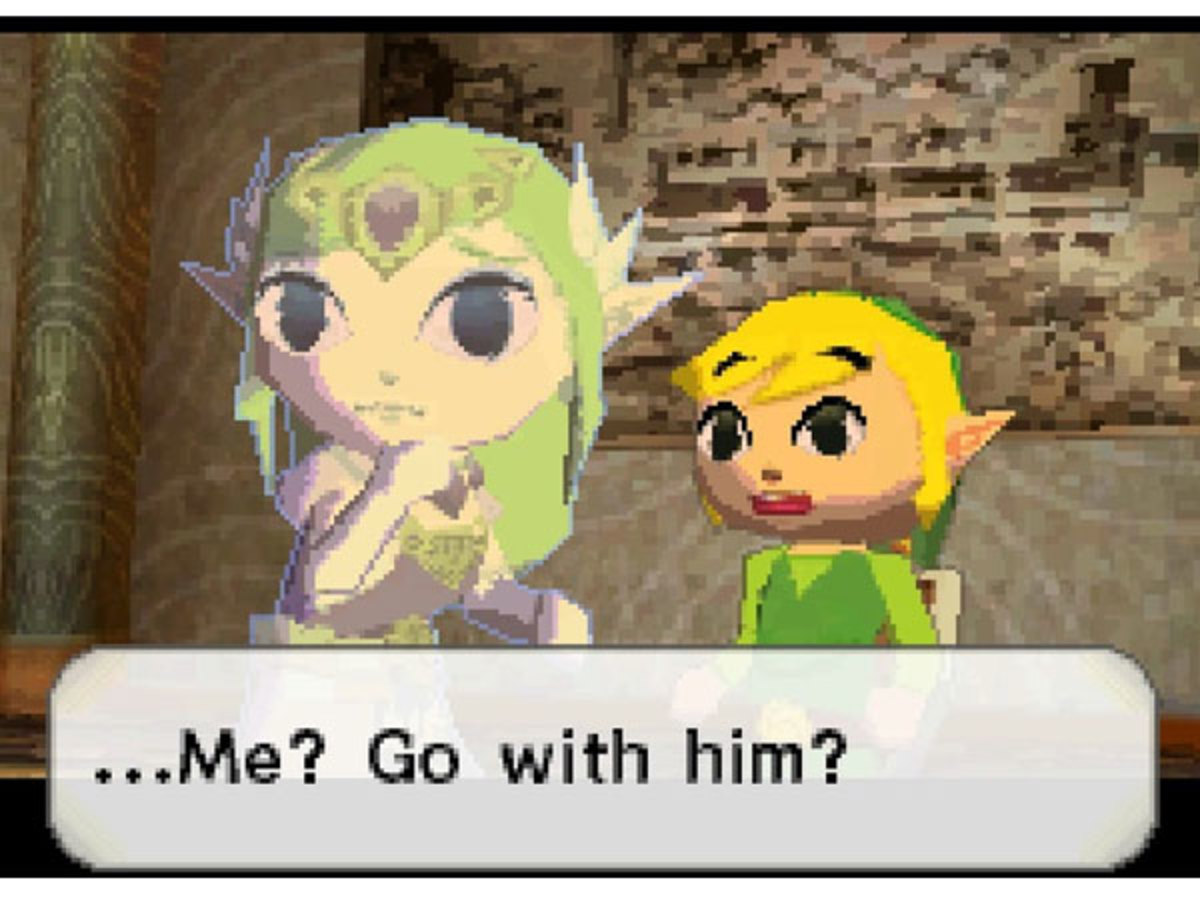
15. The Legend of Zelda: Spirit Tracks (2009): Zelda's sophomore Nintendo DS outing -- the 14th in the franchise -- is hardly a stinker: it won its console's Game of the Year honors from IGN, GameSpy and GameSpot. But to veterans of the series it feels devoid of innovation.

14. The Legend of Zelda: Phantom Hourglass (2007): The franchise's Nintendo DS debut introduced touchscreen play to the series -- but drawbracks included an overreliance on puzzles and a hugely underwhelming final boss.
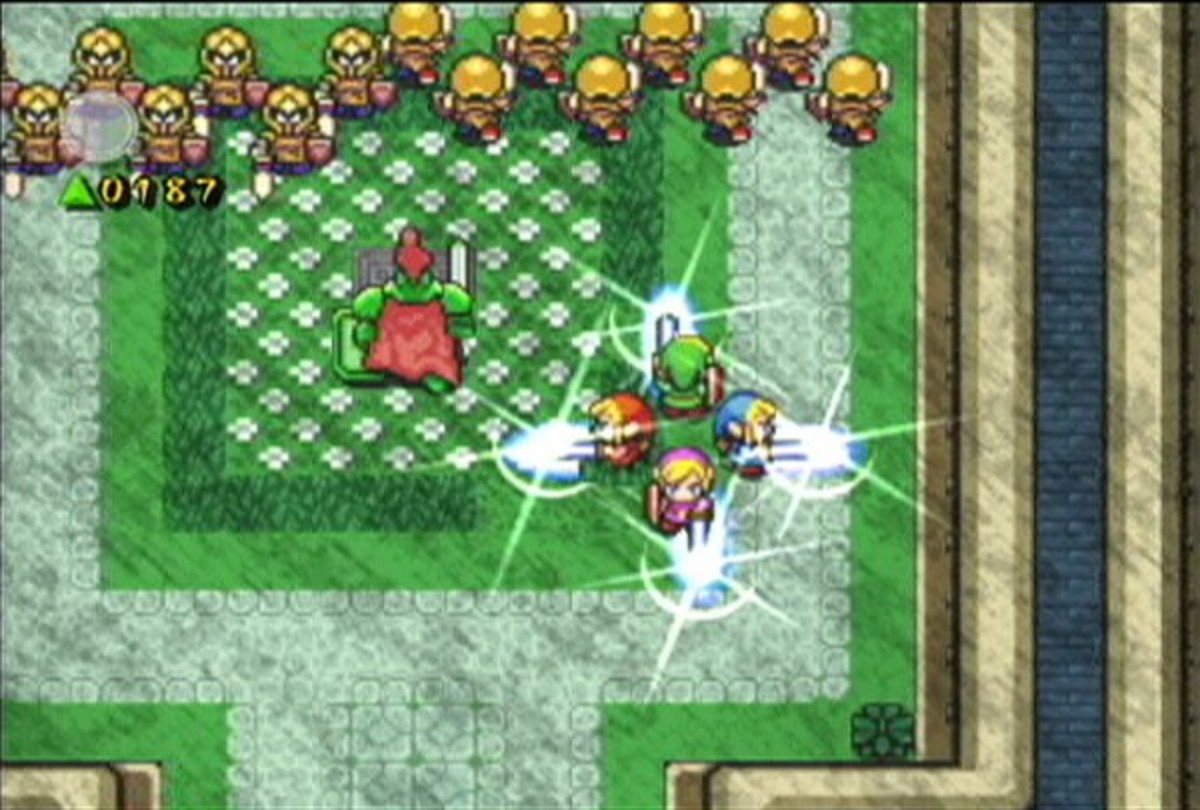
13. The Legend of Zelda: Four Swords Adventures (2004): This GameCube title was notable for its connectivity feature with Game Boy Advance, but much about it -- from the graphics to the gameplay -- is below Zelda's stratopheric standards.
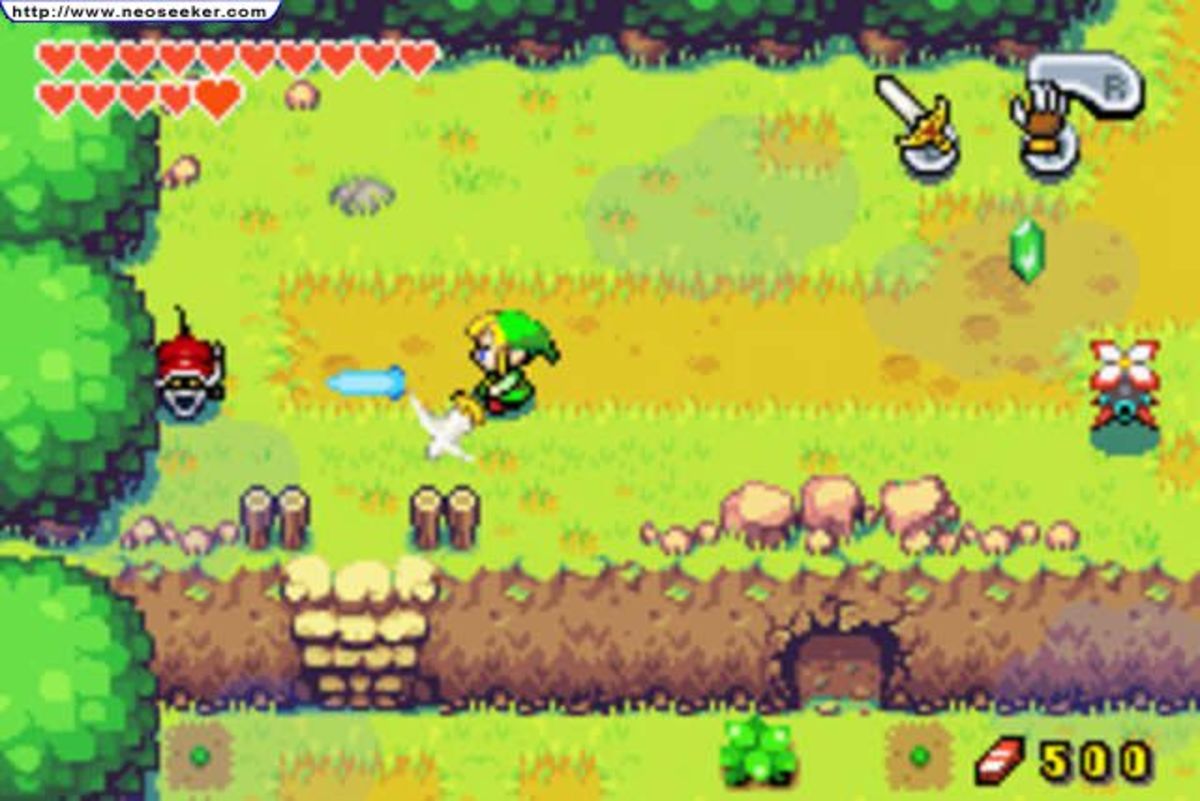
12. The Legend of Zelda: The Minish Cap (2004): The third and final game in Nintendo's Four Swords mini-trilogy, Minish Cap combines the classic Zelda gameplay with art inspired by the Wind Waker's whimsy. The biggest problem? Intermediate to advanced players will find it a breeze.

11. The Legend of Zelda: A Link to the Past & Four Swords (2002): While Link to the Past was a modified port of the Super Nintendo version that was released nearly a decade earlier, Four Swords was an exciting, absorbing multi-player adventure for the Game Boy Advance.

10. The Legend of Zelda: Oracle of Seasons and Oracle of Ages (2001): The Game Boy Color releases -- interconnected games that were designed to be played in any order -- are regarded as two of the finest action-adventure games to be released for a Nintendo handheld.

9. The Legend of Zelda: Twilight Princess (2006): That Zelda's first installment for the Wii barely cracks our top 10 is a testament to the overall strength of the series -- as it's an excellent game that was praised as one of the finest Nintendo releases in history at the time of its release.

8. The Legend of Zelda: Skyward Sword (2011): The earliest game in the franchise timeline, Zelda's second effort for the Wii surprassed the first thanks mainly to innovative motion-based sword-fighting gameplay that made use of the Wii MotionPlus peripheral.

7. The Legend of Zelda: Link's Awakening (1993): The franchise's Game Boy debut was the first Zelda game to be set outside Hyrule. Similar in top-down style to the just-released Link to the Past, Link's Awakening was impressively deep for the time of its release and even better received when colorized for a 1998 re-release.

6. Zelda II: The Adventure of Link (1988): The highly anticipated NES sequel -- much like Super Mario Bros. 2 -- was a radical departure from a can't-miss formula. The result was the most divisive Zelda game to date, but one whose difficulty still challenges players 25 years on.

5. The Legend of Zelda: Majora's Mask (2000): The darkest installment in the Zelda series is often dwarfed by the more popular Ocarina of Time, but its use of an innovative three-day time cycle makes it one of the Nintendo 64's most memorable and underappreciated titles.
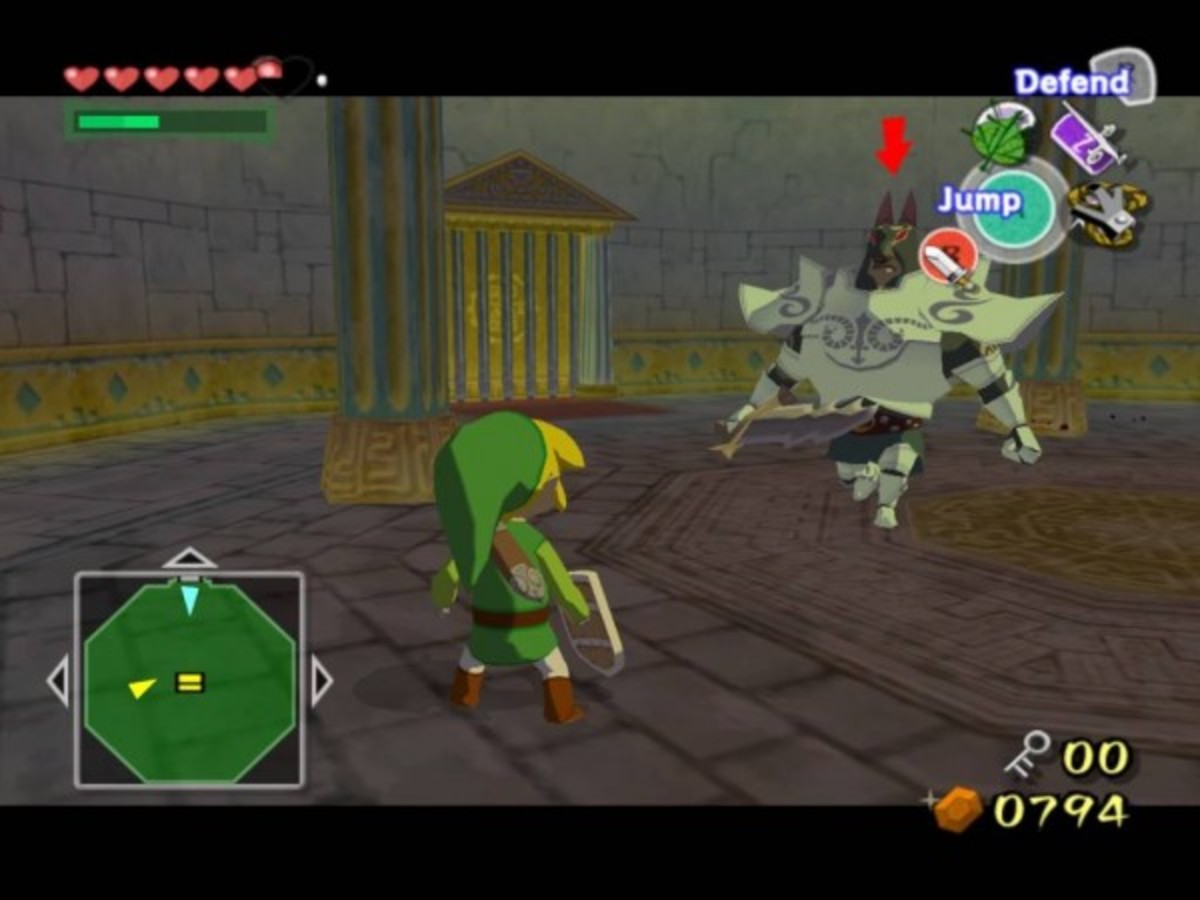
4. The Legend of Zelda: The Wind Waker (2002): Zelda's GameCube debut offered a bold new look -- cel-shading graphics bursting with color that made for the trippiest visuals in the series to date -- but fresh gameplay and a novel emphasis on sailing further set it apart as the franchise evolved into the new millennium.
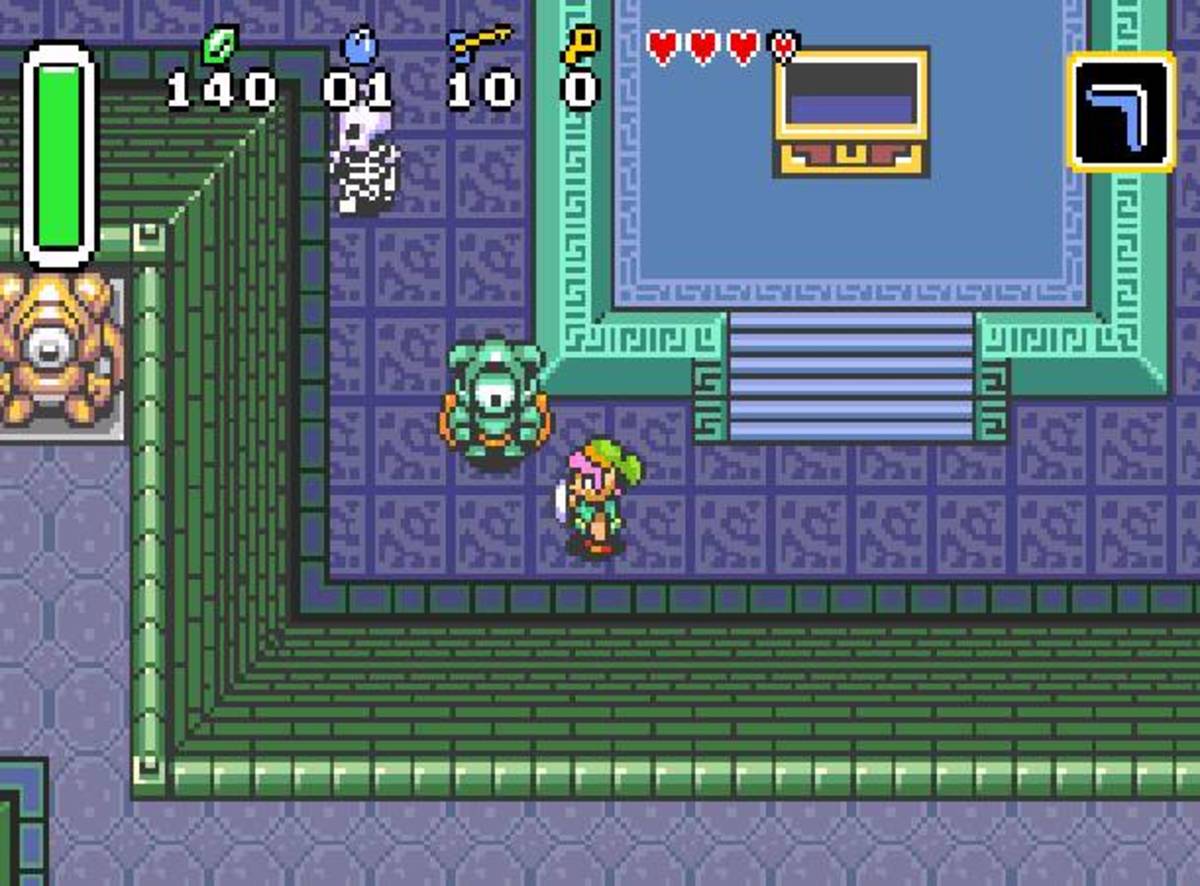
3. The Legend of Zelda: A Link to the Past (1992): The introduction of a parallel world -- a device revisted in subsequent Zelda titles -- further raised the bar for the franchise and provided a vivid showcase for what the Super Nintendo was capable of. The new dimension created a whole new set of gameplay possibilites that still resonate today.

2. The Legend of Zelda: Ocarina of Time (1998): Regarded by many younger players as the pinnacle of the series, the time-tripping yarn for Nintendo 64 has spawned four major-releases, most recently last year for Nintendo 3DS. It was twice declared the highest-rated game ever reviewed by Guinness World Records.

1. The Legend of Zelda (1987): One of the most influential video games of any genre, the unique gold-colored cartridge proved foretelling when Zelda became the first Nintendo title to sell one million copies. Its non-linear gameplay forced players to think about where to go next, establishing the template for countless other RPG-style games to come. And don't even get us started on the Second Quest ...
